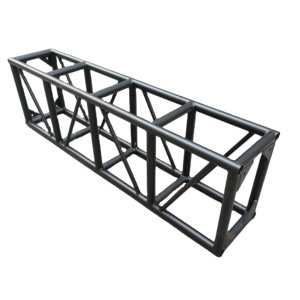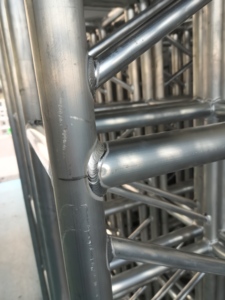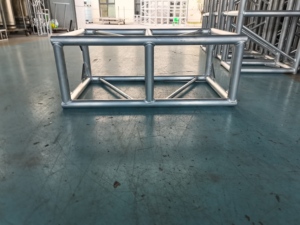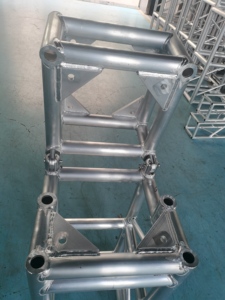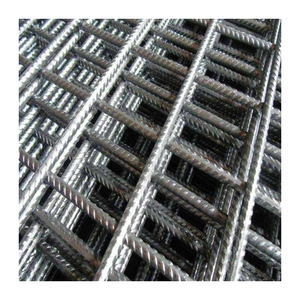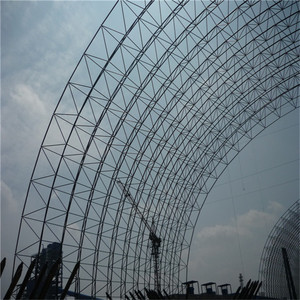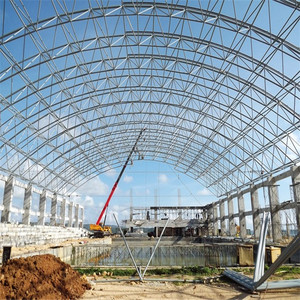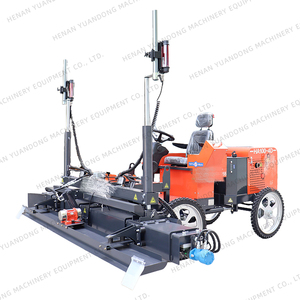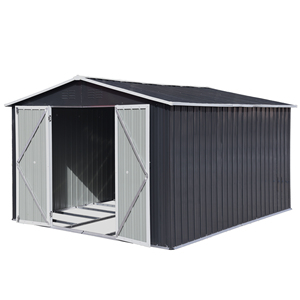Introduction to Sloped Truss
A sloped truss is a structural framework designed to support roofs and other architectural elements. Unlike traditional flat trusses, sloped trusses incorporate a pitched or slanted configuration that enhances aesthetic appeal while also improving functional capability. Their design allows for effective water drainage, reduced snow accumulation, and increased space for ventilation, making them a quintessential choice in modern construction projects.
Types of Sloped Trusses
Sloped trusses come in various designs tailored to meet diverse engineering requirements. Here are some notable types:
- King Post Truss: This type includes a vertical post in the center, lending superior stability and strength, ideal for residential structures with moderate spans.
- Queen Post Truss: Featuring two vertical posts, this variant allows for longer spans and greater load distribution, making it perfect for larger buildings.
- Scissor Truss: This design creates an open ceiling effect with intersecting chords, offering innovative space utilization and aesthetic possibilities.
- Mono Truss: A single sloped design that is less complex and better suited for smaller residential projects.
Applications of Sloped Trusses
Sloped trusses find extensive use in various sectors of construction due to their versatility. Common applications include:
- Residential Buildings: Used in roofs to create attractive slopes while providing necessary structural support.
- Commercial Structures: Applied in warehouses and retail spaces to optimize internal layouts and enhance visual appeal.
- Agricultural Buildings: Ideal for barns and storage facilities where large open spaces are required.
- Outdoor Structures: Utilized in gazebos and canopies, offering both aesthetic and functional benefits.
Features and Advantages of Sloped Trusses
The unique design of sloped trusses offers numerous benefits that make them a preferred option for architects and engineers:
- Enhanced Water Drainage: The inclined angles facilitate efficient runoff, reducing water pooling and potential damage.
- Improved Aesthetics: The sloped design adds architectural interest and can significantly enhance the visual appeal of a structure.
- Increased Space Efficiency: Sloped trusses can create more usable space in attics or vaulted ceilings, allowing for additional storage or living areas.
- Versatility: They can be customized to fit various architectural styles, from traditional to contemporary, making them suitable for any project.
- Cost-Effective: Their efficient design reduces material use and overall construction costs while maintaining structural integrity.























